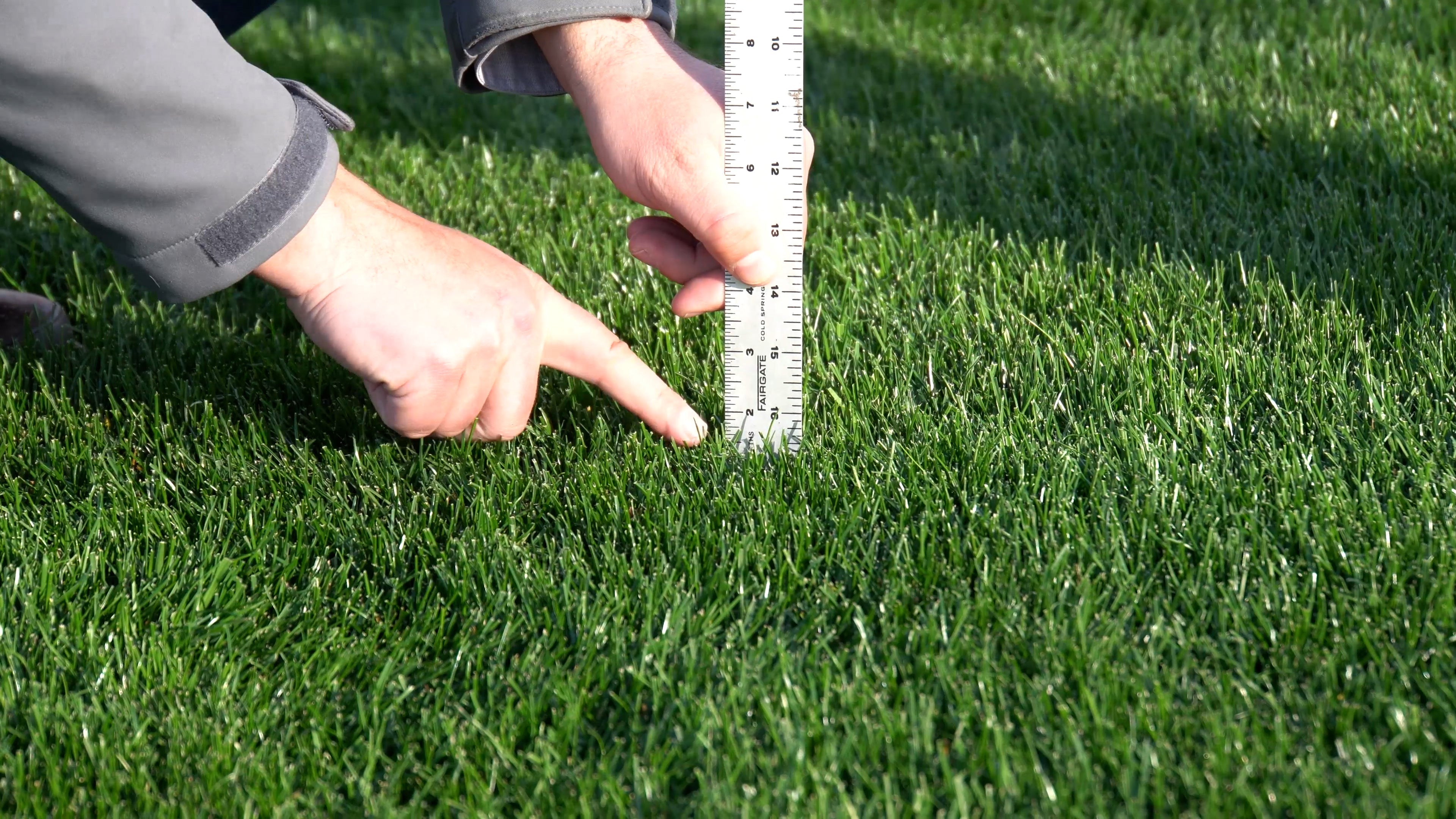When it comes to keeping a lawn lush and vigorous, few principles are as foundational, or as widely recommended by turf scientists and professional groundskeepers, as the 1/3 leaf surface rule. Also known as the "one-third rule," this simple guideline states: never remove more than one-third of the grass blade’s height in a single mowing. Practicing this rule consistently helps ensure the health, density, and beauty of your turf, whether you’re maintaining a backyard lawn or sports field.
What Is the 1/3 Rule?
Definition:
Only cut the top third of grass blades each time you mow.
- For example: If your desired mowing height is 2 inches, mow when the grass reaches about 3 inches tall.
Application:
This rule applies to all turfgrass types, though ideal cutting heights will vary:
- Kentucky bluegrass maintained at 2" should be mowed at 3".
- Tall fescue kept at 3" should be mowed when it reaches 4.5".
The Science Behind the Rule
The one-third rule has its roots in mid-20th-century research, including a landmark 1950s USDA study on Kentucky bluegrass. Scientists found that removing more than one-third of the leaf surface in a single mowing could cause a temporary halt in root growth, dramatically reducing the turf’s ability to recover and thrive.
Recent studies confirm the principle: while some grasses can tolerate harsher scalping under certain conditions, routine over-cutting increases plant stress and risk of long-term damage.
Why the 1/3 Rule Matters
1. Promotes Plant Health and Faster Recovery
Grass blades are the main site of photosynthesis. Removing too much at once limits the plant’s ability to make food, leading to weakened growth and reduced resilience. Severe cuts can also shock the plant and stall root growth, undermining drought and stress tolerance.
2. Reduces Stress and Scalping
Over-mowing or "scalping" exposes the grass crown, leads to brown patches, and makes turf vulnerable to pests, diseases, and weeds. Sticking to the one-third rule minimizes these risks.
3. Maintains Lawn Density and Appearance
Taller grass shades the soil, conserves moisture, and suppresses weed germination. Following the rule keeps your lawn fuller, greener, and more resilient, key goals for both professionals and DIYers.
Practical Tips for Using the 1/3 Rule
-
Mowing Frequency:
The shorter your target height, the more often you’ll need to mow.- A lawn kept at 2" might need mowing every 4 days in peak growth.
- At 3" you might mow every 6 days.
-
Grass Types:
The rule applies to all common turf species, from Kentucky bluegrass and tall fescue to perennial ryegrass. -
Growth Surges:
During rapid spring or rainy growth, increase mowing frequency.
If grass gets away from you, lower the height gradually over several mowings.
What Happens If You Ignore the Rule?
-
Weakened Turf:
Over-cutting thins your lawn and opens space for weeds and pests. -
Higher Disease Risk:
Stressed, scalped turf is far more likely to develop common lawn diseases. -
Root Damage:
Cutting too much at once halts root growth and reduces drought resistance.
Applying the Rule:


Conclusion
The 1/3 leaf surface rule is a simple yet powerful tool to support robust roots, minimize turf stress, and maintain the healthy, beautiful lawn you want. By never cutting off more than a third of the blade at a time, you foster a thicker, greener, and more resilient turf—whether you’re managing Kentucky bluegrass, tall fescue, or any other species.
Put the one-third rule into practice, and your lawn will thank you with stronger growth and lasting beauty all season long.

Share:
Expert Lawn Care: How Professional Soil Testing Transforms Your Lawn
Lawn Care Guide: How Mulching or Bagging Grass Clippings Affects Soil Health, Nutrient Recycling, and Turf Quality